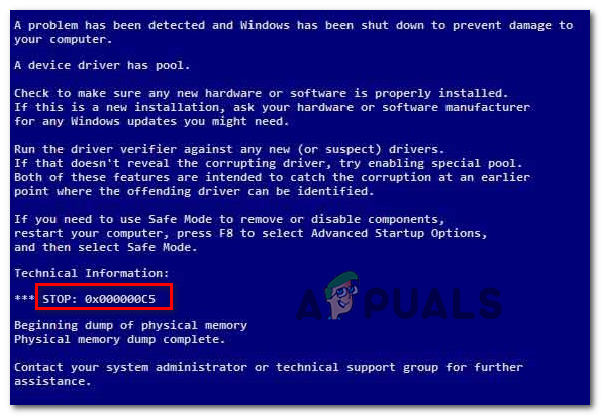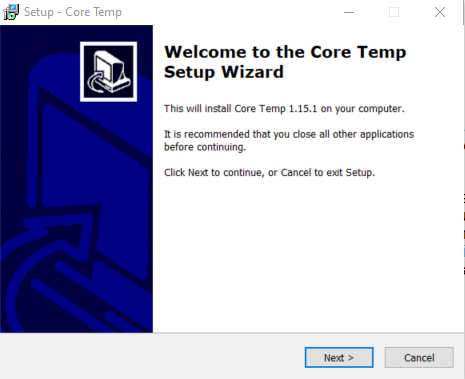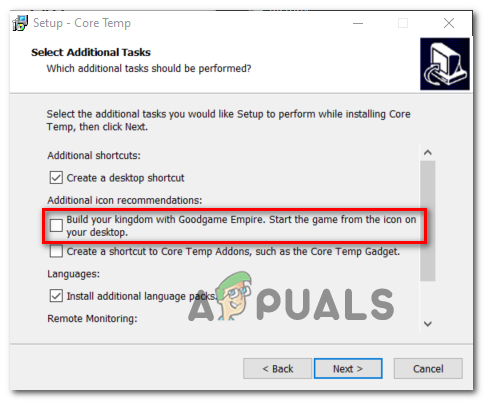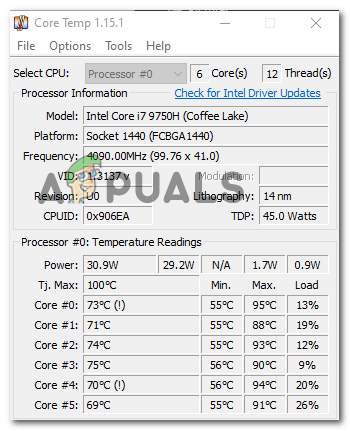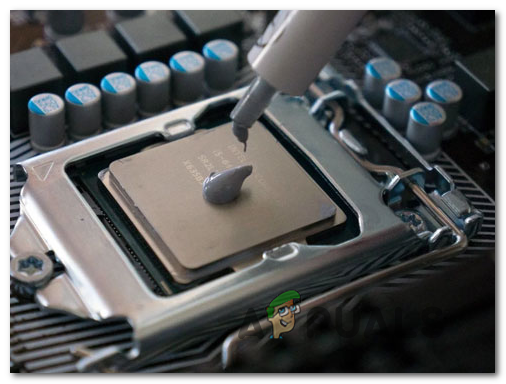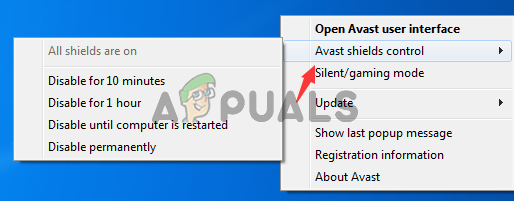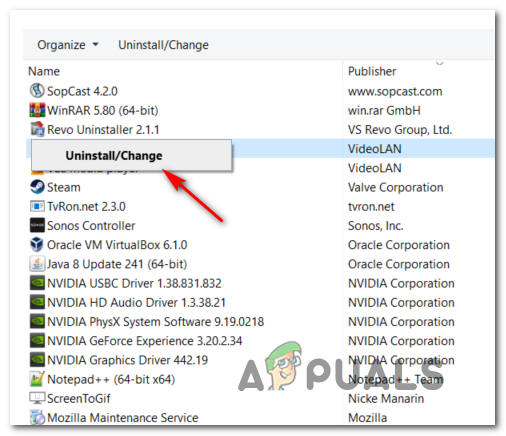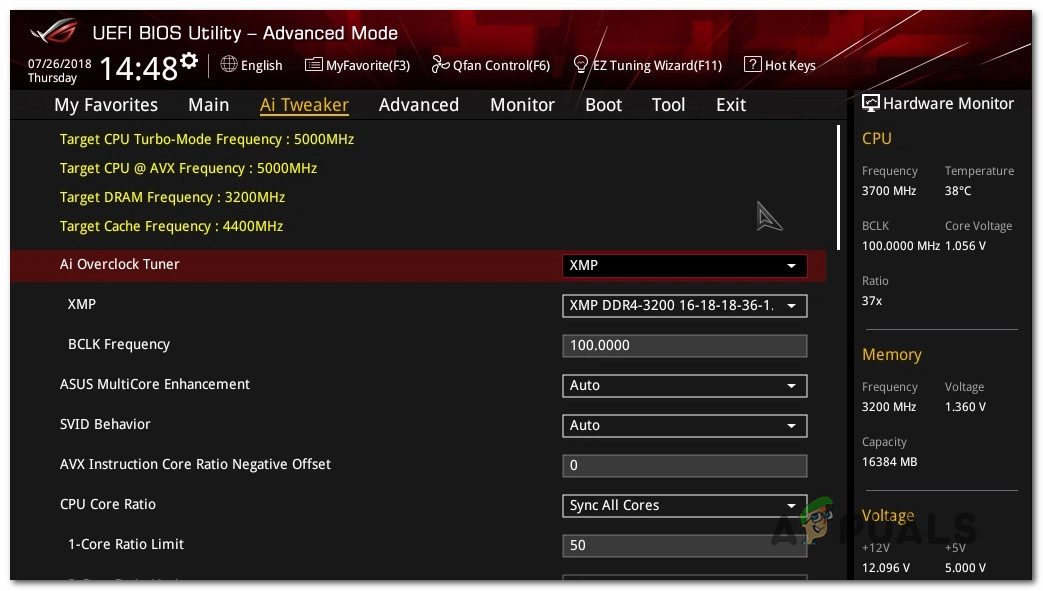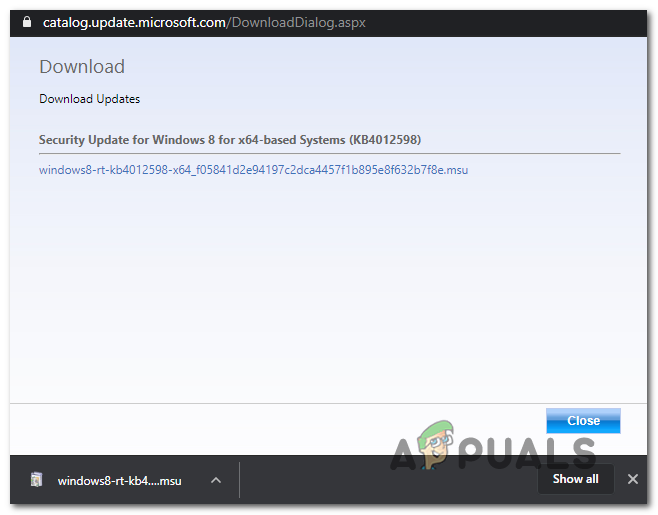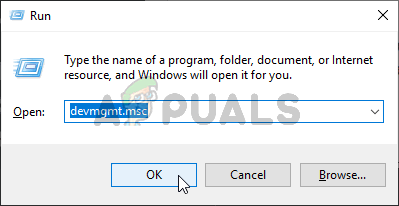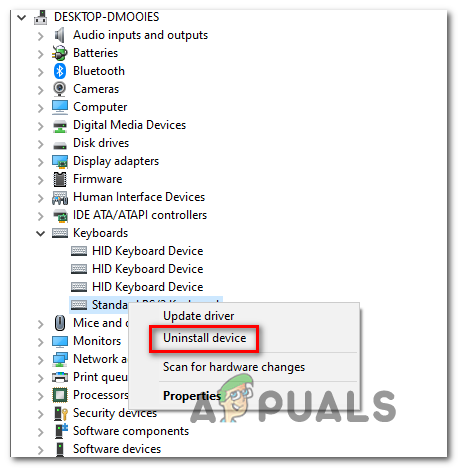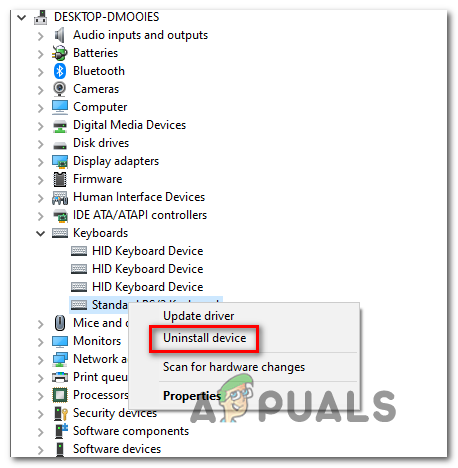In case your facing frequent BSOD Crashes with the 0X000000C5 error code, your first stop should be to check your CPU temperatures. If your PC is crashing when gaming or rendering, it’s possibly due to a fail-safe mechanism on your CPU that ends up shutting itself down to prevent damage. And if you are overclocking anything, return the frequencies and voltages to the default values and see if the system stability improves. However, this problem can also be caused by 3rd party conflicts. For example, several AV suites are known to cause this issue due to a false positive (at a Kernel level). In this case, you will need to disable the real-time protection or uninstall the overprotective AV suite to fix the issue. In case you are using Roxio Easy Creator or ATI Catalyst Install Manager, uninstall them and see if the 0X000000C5 stop error stops occurring. These two legacy 3rd party tools are known to conflict with an essential OS service on Windows 10. But since there might be other tools that will still cause this issue, we encourage you to perform a clean boot to confirm if you’re dealing with a 3rd party interference. If you’re encountering the issue on Windows Server, Windows 8, or under, this problem can also occur due to an OS glitch facilitated by a network adapter glitch. In this case, you will need to install the hotfix (KB4012598) released by Microsoft via the Microsoft Update Catalog.
Checking the CPU temp
As it turns out, one of the most common problems that will end up causing the 0X000000C5 stop error is a heat problem. Based on our investigations, one of the most common scenarios that will spawn this issue is an overclocked CPU. A normal temperature for idle PCs (when it’s not performing demanding tasks) is between 30 to 40 Celsius (86 – 104 Fahrenheit). If you’re performing a demanding activity like gaming, the ideal temperature is between 70 to Celsius. Unless you have overclocked your CPU frequencies, you’re having issues with your CPU cooler or the thermal paste has dried up, your CPU should not go over 70-80 degrees no matter the task you’re performing. However, there are some exceptions – Certain CPU models such as Intel’s i7 8700K can tolerate slightly higher temperatures, so it’s good to check the standard temps of your CPU model so you know what to expect. Once you know what temperatures to expect, follow the instructions below to install a basic CPU monitoring tool, and see if your default temperatures are over their expected values: Note: To achieve this, we’re using a free lightweight app called CoreTemp. In case the investigations you’ve just performed didn’t reveal a temp issue, move down to the next potential fix below.
Uninstalling the 3rd party AV suite (if applicable)
As it turns out, several overprotective 3rd party suites are commonly reported by Windows users for causing the 0X000000C5 error:
SUPERAntiSpywareAvira AntivirusSecurity Essentials
According to some affected users that were also dealing with this problem, certain 3rd party AVs will end up blocking an essential OS service due to a false positive which might end up triggering the 0X000000C5 error code. If this scenario is applicable, you only have two options – Uninstalling the 3rd party security suite or disabling the real time-protection while performing a resource-demanding activity. Note: Keep in mind that you will not be able to whitelist Kernel processes. In case you are using a 3rd party AV and you suspect that it might be responsible for this error, start by disabling the real-time protection and see if the BSODs stop. The steps of doing so will be different depending on the AV solution you’re using, but in most cases, you can do this directly from your taskbar menu. If that doesn’t work or your AV tool doesn’t have these options, the only choice left for you is to simply uninstall the 3rd party tool altogether and ensure that you’re also removing any remnant files that might still cause this issue. To do this, follow the instructions outlined in this article here. In case this method was not applicable or it didn’t fix the issue for you, move down to the next potential fix below.
Uninstalling Roxio Easy Creator or ATI Catalyst Install Manager (if applicable)
As it turns out, a lot of affected users are signaling that two 3rd party tools could be responsible for the apparition of the 0X000000C5 BSOD – Roxio Easy Creator and ATI Catalyst Install Manager. This media creator tool (Roxio Easy Creator) appears to conflict with certain OS processes (mostly reported to occur on Windows) and create frequent BSODs whenever the main process of this tool is running in the background. The same can be said about ATI Catalyst Install Manager. This legacy AMD program is no longer supported by this CPU / GPU manufacturer and is known to cause a lot of issues on Windows 10. Other users that we’re encountering the same problem have confirmed that the issue was only resolved after they uninstalled one of these programs from their computer. Here’s a quick guide on how to do this:
Doing a Clean boot
If none of the fixes above have helped, you may be dealing with a different kind of 3rd party conflict that we haven’t discovered so far. In this case, the best approach is to achieve a clean boot state in which your OS will only start and run necessary services. If the 0X000000C5 BSODs are no longer occurring while Clean Booting, you have successfully determined that the problem is in some way facilitated by a 3rd party startup item, the process of service. If you want to achieve a clean boot state, follow this article here. To find out the exact culprit, you need to systematically re-enable every previously disabled item and test to see if the critical crashes return. it’s a tedious process, but it gets the job done. In case you’ve achieved a clean boot state and the crash is occurring regardless, move down to the next type of fix below.
Disable Overclocking (if applicable)
Keep in mind that the majority of 0X000000C5 BSOD crashes are occurring on machines with overclocked frequencies. This process forces certain components (CPU, RAM, or GPU) to run with higher frequencies than normal, which will end up producing higher temperatures than normal. If you have manually overclocked your components (from BIOS / UEFI settings), you might need to re-establish the default values to see if they stop error stops occurring. Several Windows users that were previously dealing with the 0X000000C5 stop error have confirmed that the problem was fixed after they reset the frequencies and voltages of their CPU, GPU, and RAM. If this description fits your particular scenario, do the same and see if the Blue Screen of Deaths crashes stop occurring.
Installing KB4012598 Windows Update (if applicable)
In case you’re encountering this issue on Windows 8 or under or Windows Server, the 0X000000C5 BSODs might appear due to a software glitch that ends up producing the stop error due to the network adapter driver. Fortunately, Microsoft is already aware of this issue and has already released a patch for this problem (KB4012598). Some users that were dealing with this problem have confirmed that they managed to fix the issue by installing this update via Microsoft Update Catalog. In case this scenario fits your description, follow the instructions below: In case this method was not applicable, move down to the next potential fix below.
Reinstall Mouse & Keyboard Drivers
In case you’re experiencing this stop error code (0X000000C5) when trying to run a security scan with an AV or antimalware solution like Malwarebytes, this problem can also occur due to a wireless keyboard or mouse conflict. As it turns out, the conflict is occurring at a kernel-level and it cannot be whitelisted in your AV settings. Several affected users have confirmed that they managed to fix the issue by forcing the OS to reinstall the keyboard and mouse drivers via Device Manager. In case you’re using a wireless mouse or keyboard and you get this stop error code while performing an antivirus scan, follow the instructions below:
Fix: Stop Error Code 0x00000024 BSOD on WindowsFix: BSOD with 0x0000003b Stop Error CodeHow to Fix Stop Error Code 0x00000667How to Fix Stop Error 0x0000009f on Windows?
